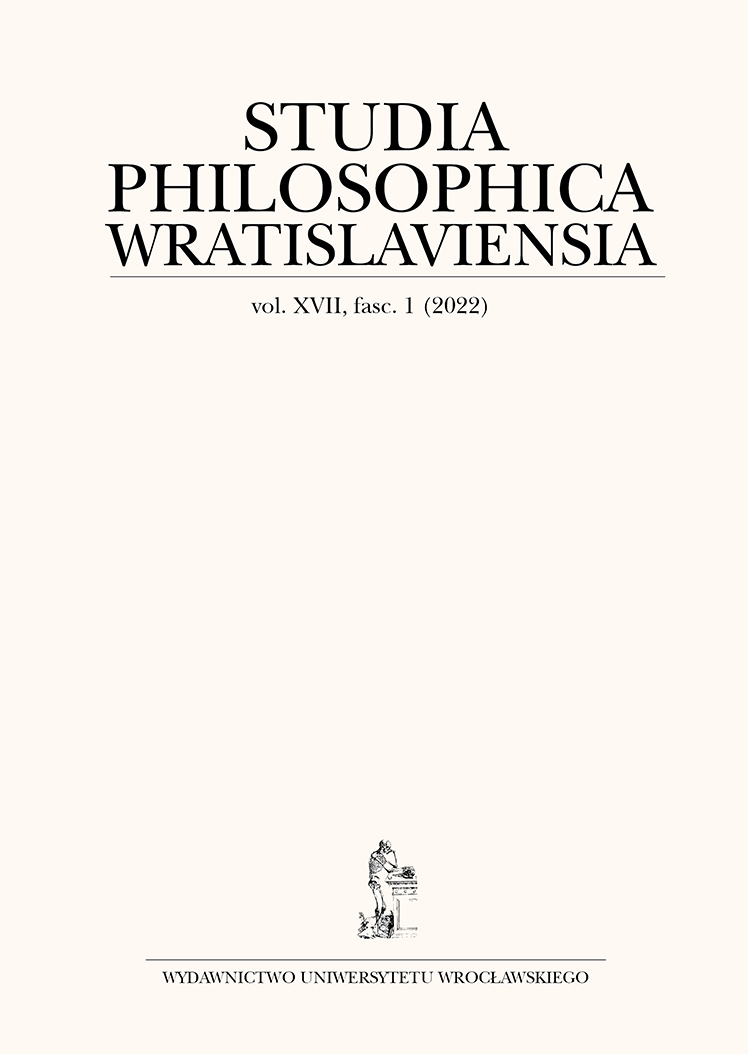

Artykuły

The main purpose of this work is to show the internal theoretical connections of the two fundamental paradigms that describe the evolution of the human species, that is, the Lamarckian paradigm and the Darwinian paradigm. In carrying out this task, I begin by presenting the two evolutionary concepts. Understanding the content of these paradigms allows us to focus on the argumentation proposed by modern evolutionary biologists on the issue of the evolution of Homo sapiens; more precisely, on the paraphrased concept of “genetic drive.” Employed so far in a narrow range of genetic phenomena, it was — thanks to Allan Wilson — transformed into the concept of “cultural drive” and used to explain innovations appearing in not only genetic but also cultural endowments of the human species. This type of application of the concept of cultural drive in the structure of the Homo sapiens theory of evolution has recently been proposed by Kevin Laland. Then I show what kind of deviations (expressed in the variability of biological endowments, that is, in the form of exaptations and spandrels) are produced by the cultural factors of the evolution of Homo sapiens and how they can not only be included in the mechanisms of species evolution (as interpreted on the basis of the Lamarckian paradigm), but also how they constitute the “material” on which civilization changes take place.